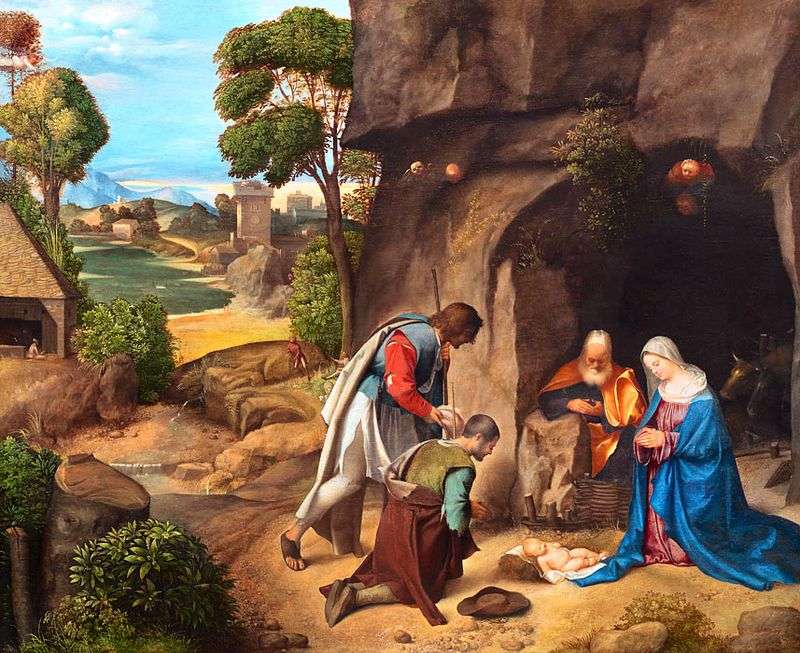
Around 1618 the young Jacob Jordaens wrote “Adoration of the Shepherds”. The Virgin in the representation of Jordaens is a healthy, beautiful young woman; With a confident, habitual gesture, she supports a child wrapped in a blanket. Black shawl sets off the milky whiteness of her skin and the brightness of the blush.
The child is asleep, and the shepherds who have come, according to the Gospel legend, bow to him in awe, but the colors are so bright, the forms are so emphatically voluminous, people are so full of health and strength, every figure and every object insistently declare themselves that the viewer, standing in front of the picture, least of all he thinks about peace and quiet. The picture is striking with a powerful glorification of physical strength and health. In this for Jordaens, the pledge of human beauty.
Passing over the physical, material existence of people and things, Jordaens does not try to grasp the abstract, spiritual meaning of the gospel story. It is limited to depicting a purely earthly event. It is no coincidence that several paintings on the theme “Adoration of the Shepherds” appear in the work of Jordaens when the young wife of the artist had a child. Wife and little daughter serve him as models, and home impressions help to really imagine the events of the Christian legend.
 Family portrait by Jacob Jordaens
Family portrait by Jacob Jordaens Young Satyr by Jacob Jordaens
Young Satyr by Jacob Jordaens The worship of the shepherds by Jacopo Bassano
The worship of the shepherds by Jacopo Bassano The King drinks by Jacob Jordaens
The King drinks by Jacob Jordaens Allegory of Fertility by Jacob Jordaens
Allegory of Fertility by Jacob Jordaens Portrait of Rutger Le Uither by Jacob Jordaens
Portrait of Rutger Le Uither by Jacob Jordaens The worship of the shepherds by Giorgione
The worship of the shepherds by Giorgione The Temptation of Adam and Eve by Jacob Jordaens
The Temptation of Adam and Eve by Jacob Jordaens